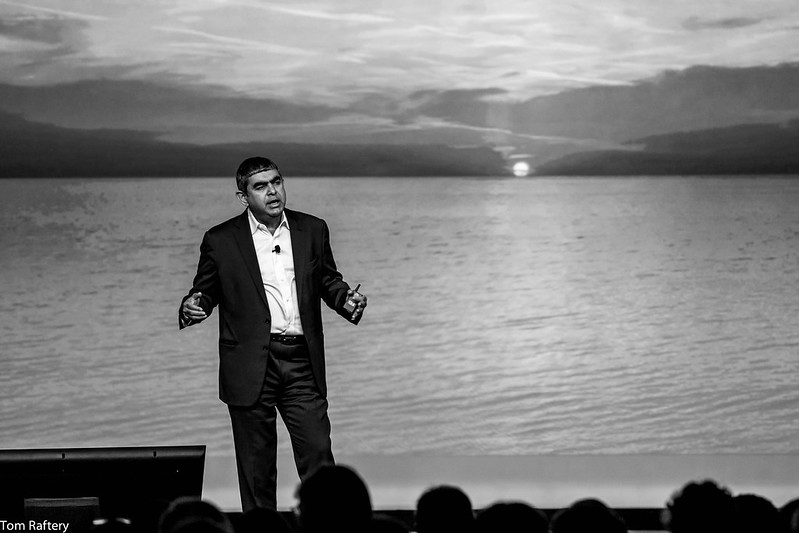“Oh boy, I just love buying inkjet cartridges”. Said no-one. Ever. They are expensive, they run out just when we need them most, or worse they clog, and there is never a recycling bin nearby when it is time to dispose of them.
So what’s the choice? Laser printers? Well, they are good for black and white printing, but they have a higher upfront cost, colour laser printers are very expensive, and they don’t give great results.
So as we posited here on GreenMonk in the past, why doesn’t somebody create an inkjet printer with refillable wells, instead of disposable cartridges?
It took a few years, but Epson launched their EcoTank range of printers recently, and they are just that i.e. printers with refillable wells into which you pour the ink, as opposed to cartridges.
The printers ship with enough ink for about 4,000 pages of printing, after which you can buy refills, which are surprisingly inexpensive (around $60 on Amazon for another set of 4 bottles which yields another approx 4,000 pages).
The EcoTank printers cost a bit more initially than printers that take cartridges (they sell on Amazon for $399) but given the refills are inexpensive, that difference is quickly made up.
And they are far more convenient, because they need to be refilled far less often, and not using cartridges, there is no search for specialised recycling bins after topping up the ink.
Reviews for the EcoTank, both on tech sites, and on Amazon (4 out of 5 stars with over 100 reviews), are very positive, so there’s that too.
Well done Epson.










